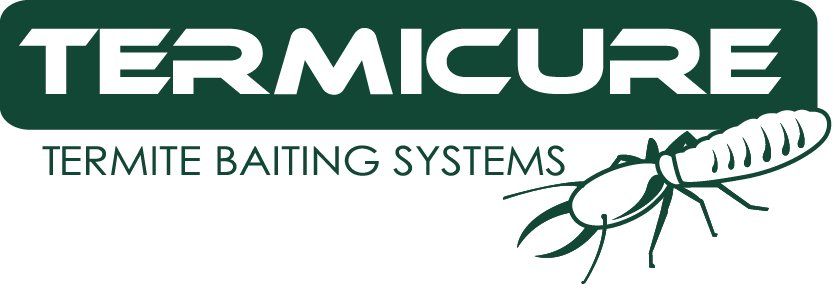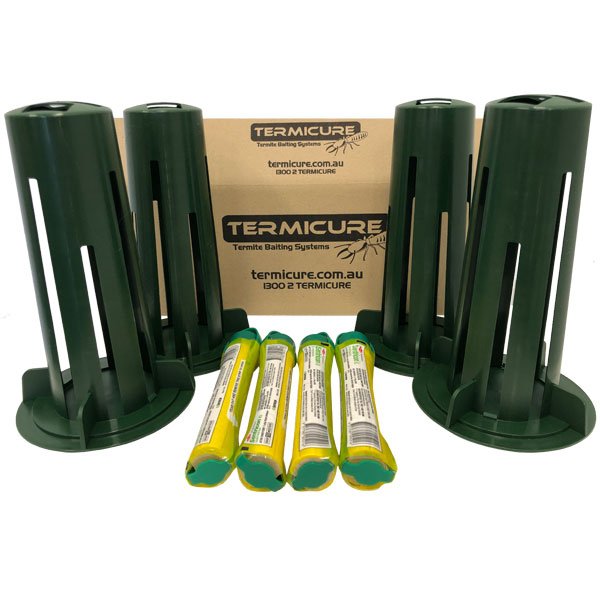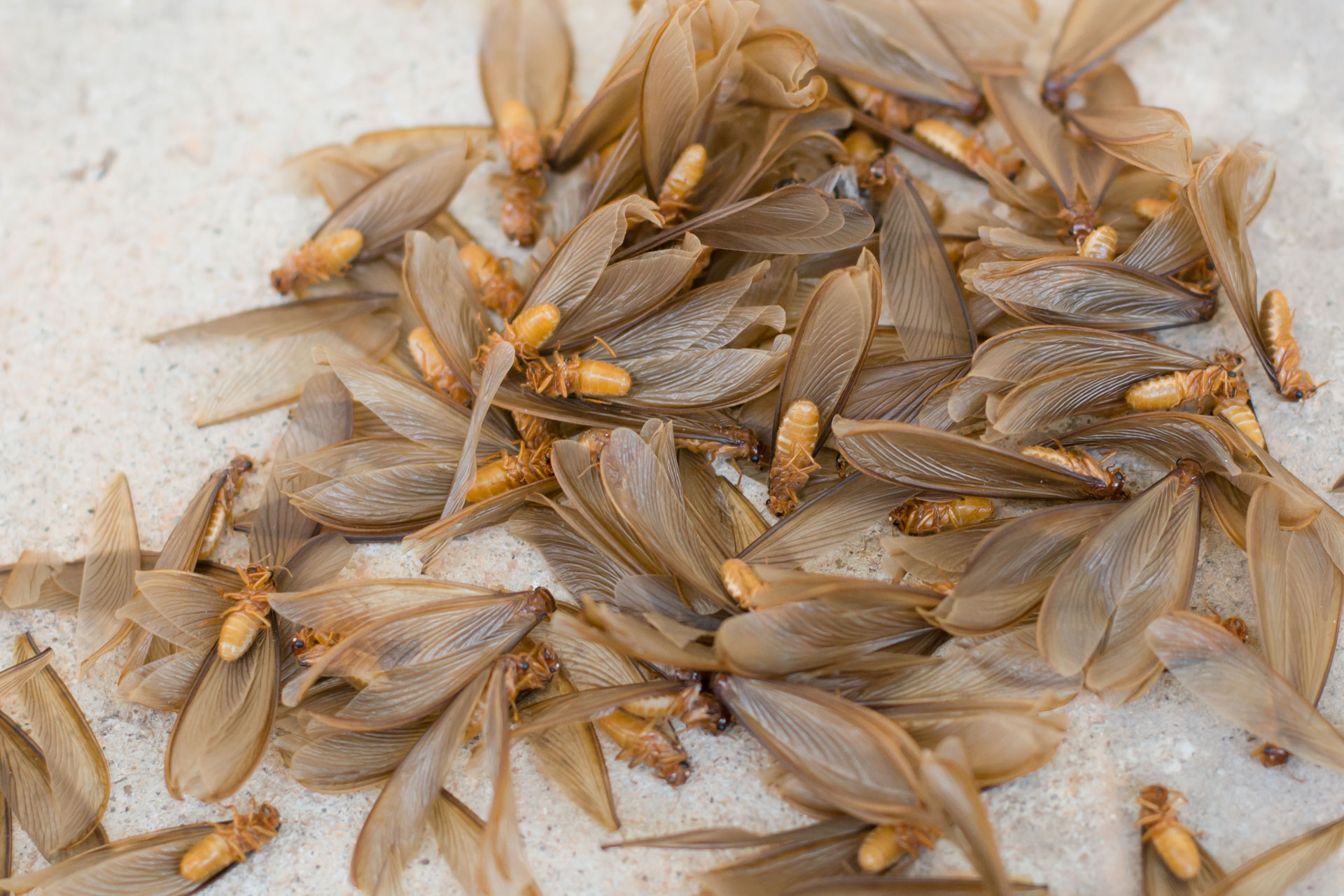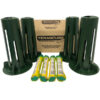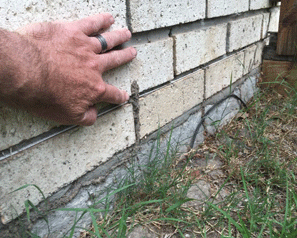

Termite Protection is something which every property should have as an important precaution. If you don’t have some kind of termite protection, then you are completely exposed to the likelihood of expensive termite repairs.
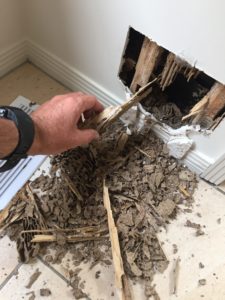
With extensive experience within the industry as a business owner, employer, and technician, it is often easier to offer your customer the treatment which suits the business or technician best. There are 3 main methods of termite protection. 1-a physical barrier such as Kordon or Termimesh which is installed at time of construction, and provides a physical product designed to force termites into the open. 2-A chemical soil treatment (perimeter barrier) which kills termites on contact as they forage through the ground in search of food. 3-Termite Baiting systems, which attract foraging termites for an automatic ingestion of termiticide (termiticide rods) or for a bait matrix application.
Put simply, an existing home is usually limited to the chemical soil treatment or termite bait installation.
Now, most slab on ground homes will benefit most from the installation of a chemical soil treatment, because it creates a chemically treated zone around the most likely areas where termite entry occurs-the perimeter. This process involves trenching of the perimeter where soil abuts the slab edge, and drilling abutting concrete pathways and driveways for injection of chemical into the soil below. This creates a continuous treated zone which kills termites. This is very labour intensive, backbreaking work, and for a pest control business, it requires a fully qualified professional to be on site during all treatment.
Termite Baits on the other hand, is a far less labour intensive form of termite protection. Instead of trenching and drilling an entire perimeter (75 lineal metres is an average house perimeter), a termite bait installation simply requires an unqualified person to dig approximately 25 holes, with baits to be simply installed into. This process does not require a termite professional, so labour costs are down, however it is rarely found that these costs are reduced for the homeowner, which is why DIY Termite Baits are so popular with homeowners. The service and maintenance of termite bait systems is also something which Pest Control Operators will often use an unqualified labourer for. Again, this is cost cutting.
Now this is not how all Pest Control Operators work, but it is common. A good way to see if your pest control operator has your interests at heart, is whether you are offered the installation of a termite barrier or a baiting system. If you own a slab on ground house, and there are no significant obstructions, then the best method will almost certainly be a termite barrier (chemical soil treatment), but if you’re offered the installation of a baiting system, then you could be talking to a lazy termite professional who is more interested in profits than the wellbeing of your property.
Get some other opinions and do your research. Facebook reviews are often a good source of customer feedback, so do your research.
Always get the opinion of a professional, but speak with a few to get the feel for what the common consensus might be when it comes to protection. A little research can go a long way to saving you thousands.
